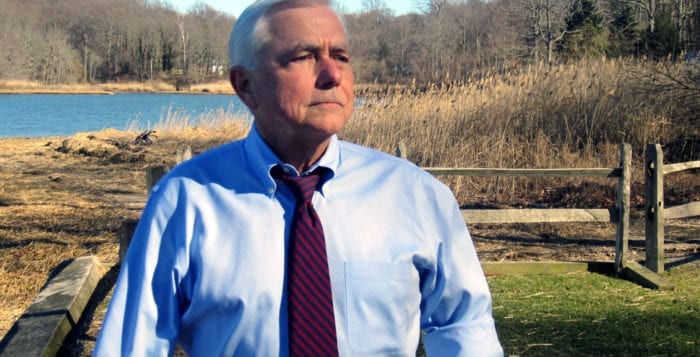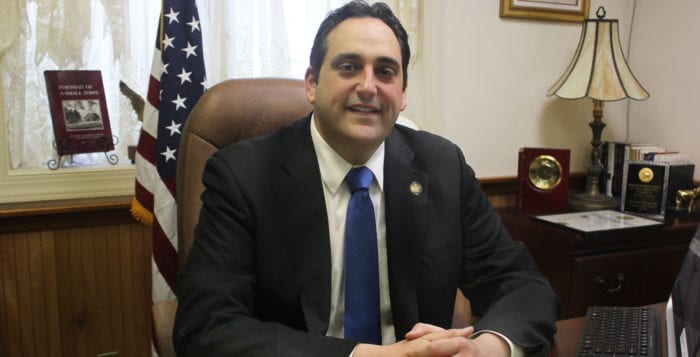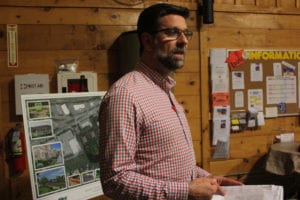After an intense shake-up in the Smithtown Republican party last week, four GOP candidates for town council seats are now left standing. Newcomers Bob Doyle and Tom Lohmann, who both have no prior experience running for public office, are hoping to unseat incumbents Tom McCarthy and Lynne Nowick.
Doyle, a Nesconset resident, is a Vietnam Army veteran and retired Suffolk County homicide detective. He said he wants to bring strong leadership back to the town board.
“There is not an advancing agenda right now that will help this town to grow,” Doyle said in a phone interview. “I am looking to be that energy. I believe I can build a consensus and look beyond a political agenda.”
Doyle has a more than 35-year career in law enforcement, where he wore many hats and oversaw several different departments and programs. He said he wants to bring the same guidance he brought to the police department, where he helped bring many MS-13 gang members to justice, as well as other bank and commercial robbers.
“I created the Suffolk County liaison with the FBI that would become the first Suffolk County gang task force,” Doyle said. “It was extremely successful, and made for a tremendous amount of arrests that involved both gang members and seizing of drugs.”

After Doyle left the force in 2010 he started a consulting firm that works with police departments across New York State, introducing them to new technology devices to assist law enforcement, as well as training them in how to use it.
The retired officer is also a former Eagle Scout, and president of the Country Pointe Homeowners Association for about nine years. He said he’s proud of the work the board has done to protect and preserve clean groundwater for the residents.
“I am not looking for a career here — I’ve already had a full career and then some — I am looking to put my skills to use,” Doyle said. “I believe we’ve stagnated as a town.”
He said he wants to focus on the failing business districts in the different hamlets of Smithtown, as well as promoting the development of more sewer systems to help make it possible for more businesses and residential areas to lay down roots in Smithtown. He also said he wants to work on improving failing infrastructure, and communication between the town board and the school board.
Lohmann, a Smithtown native, is also looking to lend his experience in law enforcement to the citizens of the town. He started his career as a member of the New York Police Department, and spent more than 30 days working search and rescue at Ground Zero as a 9/11 responder. He retired from the NYPD in 2002, and now works as an investigator for the Suffolk County District Attorney’s Insurance Crimes Bureau and part-time as a Head of the Harbor police officer.
“I’d like to thank Bill Ellis and the Republican committee for having the trust in me to do the job and do the job right,” Lohmann said after receiving the nomination at the Smithtown Republican convention last week. “I’ve seen this town grow and I’ve seen change to this town in the last 10, 15 years that I personally haven’t been happy with. My venture into politics hasn’t come without a lot of soul searching. I’ve never backed away from a fight in my life, and I’m running because I think it is the right thing to do.”
According to Lohmann’s media relations team, he intends to resign from his current career if elected, and would treat the job as a full-time position. He wants to focus on uniting law enforcement and local coalitions to end the growing gang violence and substance abuse problems that are affecting towns across the North Shore, as well as repair parks, green spaces and infrastructure in the town.





































